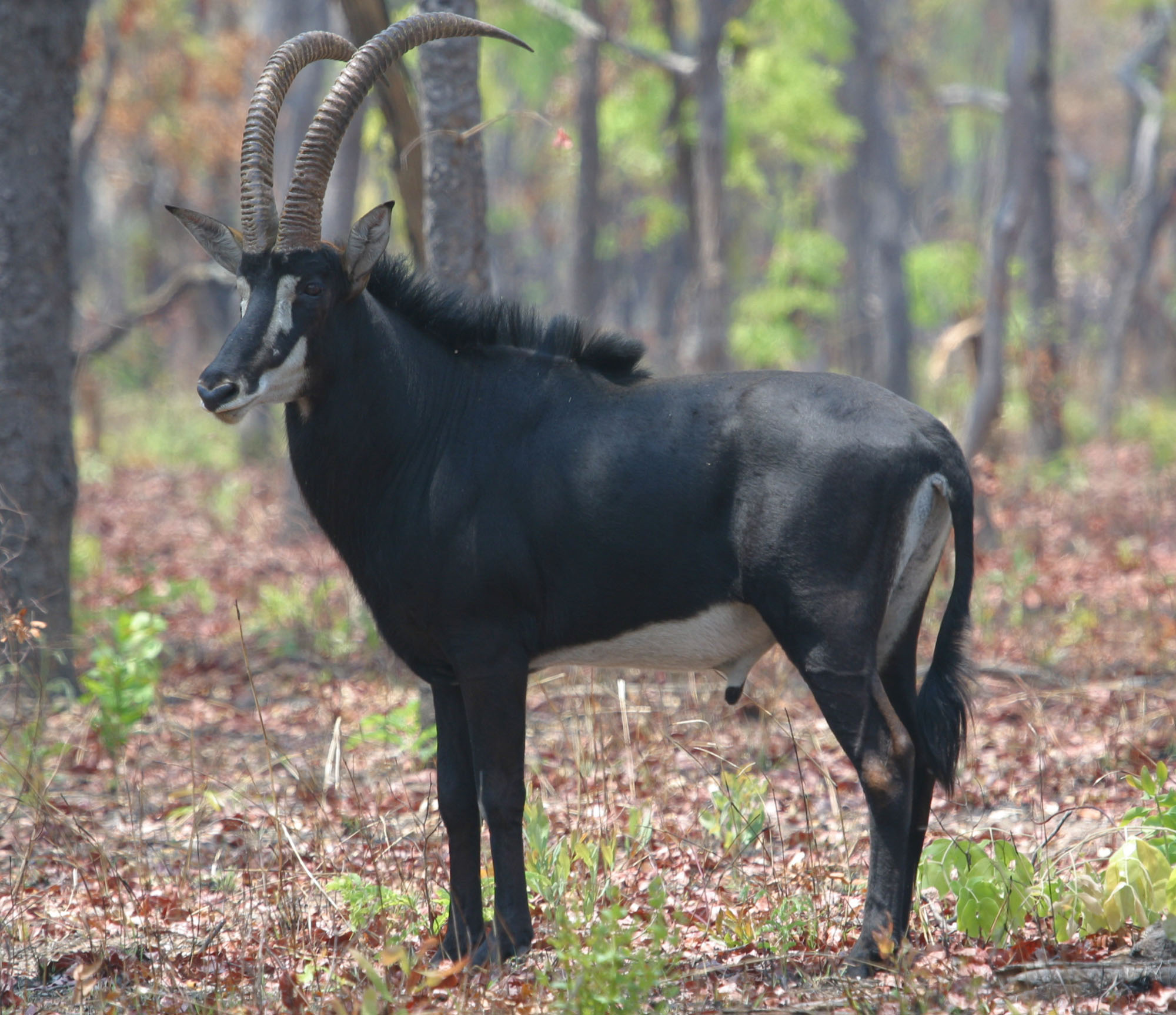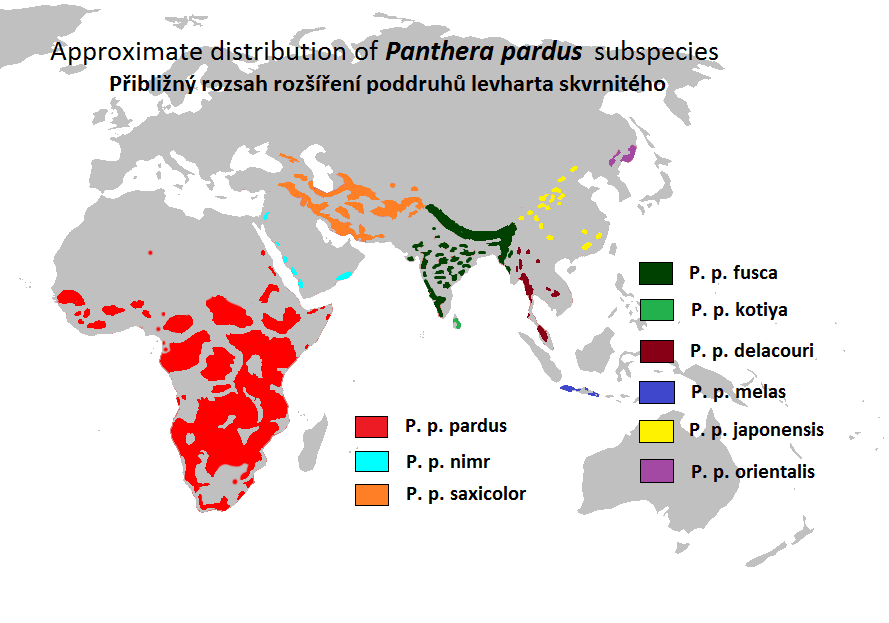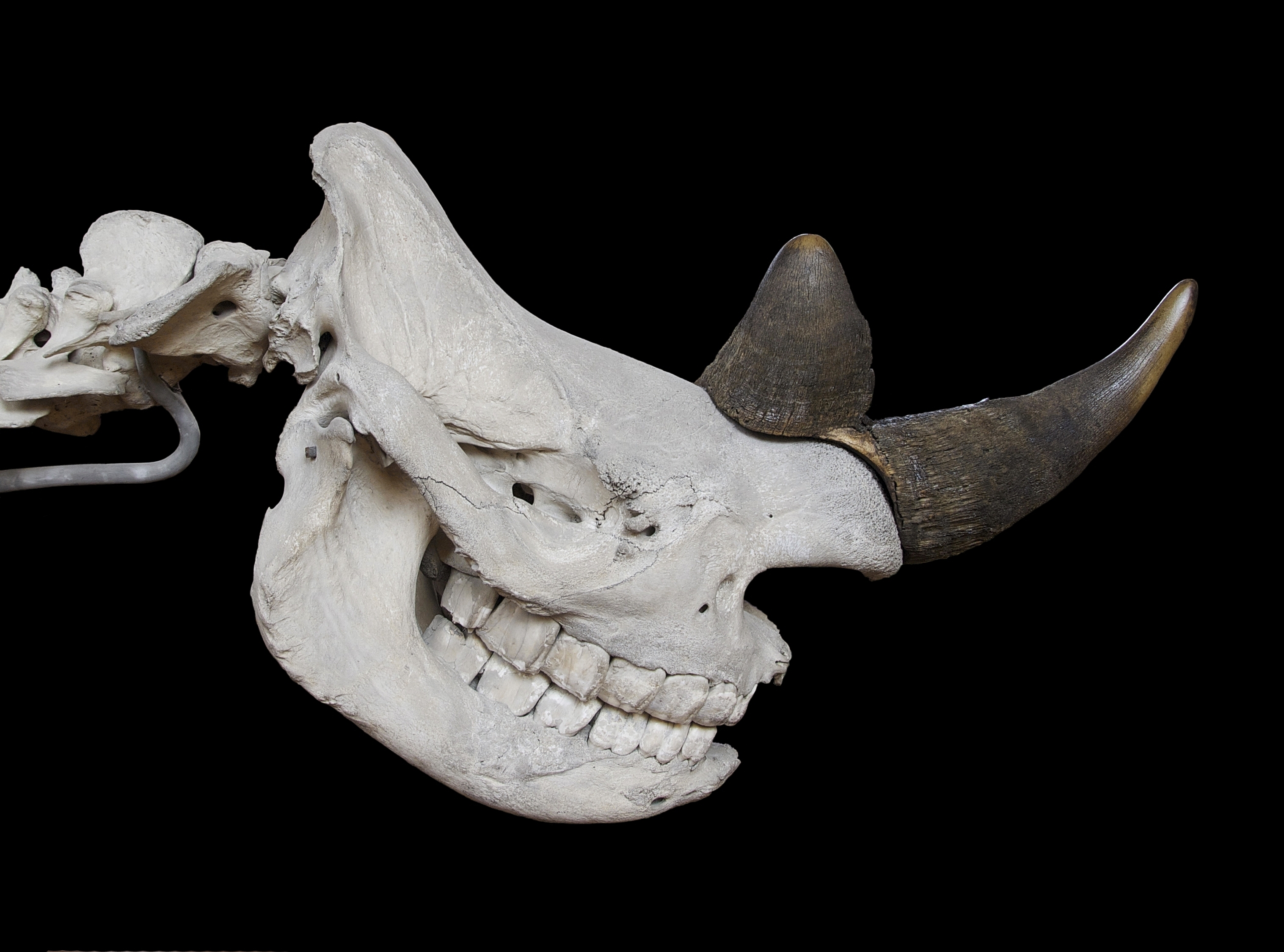|
Angolan Mopane Woodlands
Angolan mopane woodlands are situated in southwestern Angola, extending into northern Namibia. This ecosystem surrounds Etosha Pan, which is considered a separate ecoregion. The mopane trees are the main type of vegetation. Location and description In Angola the region mostly comprises the southern Cunene Province and in Namibia in the regions of Omusati, Oshana and the eastern inland arm of Kunene Region, Kunene and areas of Oshikoto Region, Oshikoto surrounding the Etosha Pan. The ecoregion includes the Cunene River which divides the two countries, and is one of the main sources of water in this dry region. The landscape is mainly flat. The rainy season is late summer. The mopane woodlands are bounded on the west by the drier Namibian savanna woodlands. The Angolan miombo woodlands lie to the north, the Zambezian Baikiaea woodlands to the northeast, and the Kalahari Acacia-Baikiaea woodlands to the east. The drier Kalahari xeric savanna lies to the south.Burgess, Neil, Jennifer ... [...More Info...] [...Related Items...] OR: [Wikipedia] [Google] [Baidu] |
Etosha National Park
Etosha National Park is a national park in northwestern Namibia and one of the largest national parks in Africa. It was proclaimed a game reserve in March 1907 in Ordinance 88 by the Governor of German South West Africa, Friedrich von Lindequist. It was designated as ''Wildschutzgebiet'' in 1958, and was awarded the status of national park in 1967, by an act of parliament of the Republic of South Africa. It spans an area of and was named after the large Etosha pan which is almost entirely within the park. With an area of , the Etosha pan covers 23% of the total area of the national park. The area is home to hundreds of species of mammals, birds and reptiles, including several Threatened species, threatened and Endangered species, endangered species such as the black rhinoceros. Sixty-one black rhinoceros were killed during poaching in Namibia during 2022, 46 of which were killed in Etosha. The park is located in the Kunene Region, Kunene region and shares boundaries with the regi ... [...More Info...] [...Related Items...] OR: [Wikipedia] [Google] [Baidu] |
Kalahari Acacia-Baikiaea Woodlands
The Kalahari Desert is a large semiarid sandy savanna in Southern Africa covering including much of Botswana as well as parts of Namibia and South Africa. It is not to be confused with the Angolan, Namibian, and South African Namib coastal desert, whose name is of Khoekhoegowab origin and means "vast place". Etymology ''Kalahari'' is derived from the Tswana word ''Kgala'', meaning "the great thirst", or ''Kgalagadi'', meaning "a waterless place"; the Kalahari has vast areas covered by red sand without any permanent surface water. History The Kalahari Desert was not always a dry desert. The fossil flora and fauna from Gcwihaba Cave in Botswana indicates that the region was much wetter and cooler at least from 30 to 11 thousand Before Present, especially after 17,500 BP. Geography Drainage of the desert is by dry black valleys, seasonally inundated pans, and the large salt pans of the Makgadikgadi Pan in Botswana and Etosha Pan in Namibia. The only permanent river ... [...More Info...] [...Related Items...] OR: [Wikipedia] [Google] [Baidu] |
Crocidura Erica
The heather shrew (''Crocidura erica'') is a species of mammal in the family Soricidae. It is endemic to Angola Angola, officially the Republic of Angola, is a country on the west-Central Africa, central coast of Southern Africa. It is the second-largest Portuguese-speaking world, Portuguese-speaking (Lusophone) country in both total area and List of c .... Sources Mammals of Angola Crocidura Endemic fauna of Angola Mammals described in 1915 Taxonomy articles created by Polbot {{whitetoothed-shrew-stub ... [...More Info...] [...Related Items...] OR: [Wikipedia] [Google] [Baidu] |
Thomas's Rock Rat
Thomas's rock rat (''Aethomys thomasi'') is a species of rodent in the family Muridae found only in Angola. Its natural habitat is subtropical or tropical dry shrubland Shrubland, scrubland, scrub, brush, or bush is a plant community characterized by vegetation dominance (ecology), dominated by shrubs, often also including grasses, herbaceous plant, herbs, and geophytes. Shrubland may either occur naturally o .... References Endemic fauna of Angola Aethomys Rodents of Africa Mammals described in 1897 Taxa named by William Edward de Winton Taxonomy articles created by Polbot {{Murinae-stub ... [...More Info...] [...Related Items...] OR: [Wikipedia] [Google] [Baidu] |
Antelope
The term antelope refers to numerous extant or recently extinct species of the ruminant artiodactyl family Bovidae that are indigenous to most of Africa, India, the Middle East, Central Asia, and a small area of Eastern Europe. Antelopes do not form a monophyletic group, as some antelopes are more closely related to other bovid groups, such as bovines, goats, and sheep, than to other antelopes. A stricter grouping, known as the true antelopes, includes only the genera '' Gazella'', '' Nanger'', '' Eudorcas'', and '' Antilope''. One North American mammal, the pronghorn or "pronghorn antelope", is colloquially referred to as the "American antelope", despite the fact that it belongs to a completely different family ( Antilocapridae) than the true Old-World antelopes; pronghorn are the sole extant member of an extinct prehistoric lineage that once included many unique species. Although antelope are sometimes referred to, and easily misidentified as, "deer" ( cervids), true ... [...More Info...] [...Related Items...] OR: [Wikipedia] [Google] [Baidu] |
Lion
The lion (''Panthera leo'') is a large Felidae, cat of the genus ''Panthera'', native to Sub-Saharan Africa and India. It has a muscular, broad-chested body (biology), body; a short, rounded head; round ears; and a dark, hairy tuft at the tip of its tail. It is sexually dimorphic; adult male lions are larger than females and have a prominent mane. It is a social species, forming groups called prides. A lion's pride consists of a few adult males, related females, and cubs. Groups of female lions usually hunt together, preying mostly on medium-sized and large ungulates. The lion is an apex predator, apex and keystone predator. The lion inhabits grasslands, savannahs, and shrublands. It is usually more diurnality, diurnal than other wild cats, but when persecuted, it adapts to being active nocturnality, at night and crepuscular, at twilight. During the Neolithic period, the lion ranged throughout Africa and Eurasia, from Southeast Europe to India, but it has been reduced to fr ... [...More Info...] [...Related Items...] OR: [Wikipedia] [Google] [Baidu] |
Leopard
The leopard (''Panthera pardus'') is one of the five extant cat species in the genus ''Panthera''. It has a pale yellowish to dark golden fur with dark spots grouped in rosettes. Its body is slender and muscular reaching a length of with a long tail and a shoulder height of . Males typically weigh , and females . The leopard was first described in 1758, and several subspecies were proposed in the 19th and 20th centuries. Today, eight subspecies are recognised in its wide range in Africa and Asia. It initially evolved in Africa during the Early Pleistocene, before migrating into Eurasia around the Early–Middle Pleistocene transition. Leopards were formerly present across Europe, but became extinct in the region at around the end of the Late Pleistocene-early Holocene. The leopard is adapted to a variety of habitats ranging from rainforest to steppe, including arid and montane areas. It is an opportunistic predator, hunting mostly ungulates and primates. It relies on it ... [...More Info...] [...Related Items...] OR: [Wikipedia] [Google] [Baidu] |
Cheetahs
The cheetah (''Acinonyx jubatus'') is a large cat and the fastest land animal. It has a tawny to creamy white or pale buff fur that is marked with evenly spaced, solid black spots. The head is small and rounded, with a short snout and black tear-like facial streaks. It reaches at the shoulder, and the head-and-body length is between . Adults weigh between . The cheetah is capable of running at ; it has evolved specialized adaptations for speed, including a light build, long thin legs and a long tail. The cheetah was first described in the late 18th century. Four subspecies are recognised today that are native to Africa and central Iran. An African subspecies was introduced to India in 2022. It is now distributed mainly in small, fragmented populations in northwestern, eastern and southern Africa and central Iran. It lives in a variety of habitats such as savannahs in the Serengeti, arid mountain ranges in the Sahara, and hilly desert terrain. The cheetah lives in three ... [...More Info...] [...Related Items...] OR: [Wikipedia] [Google] [Baidu] |
Zebra
Zebras (, ) (subgenus ''Hippotigris'') are African equines with distinctive black-and-white striped coats. There are three living species: Grévy's zebra (''Equus grevyi''), the plains zebra (''E. quagga''), and the mountain zebra (''E. zebra''). Zebras share the genus '' Equus'' with horses and asses, the three groups being the only living members of the family Equidae. Zebra stripes come in different patterns, unique to each individual. Several theories have been proposed for the function of these patterns, with most evidence supporting them as a deterrent for biting flies. Zebras inhabit eastern and southern Africa and can be found in a variety of habitats such as savannahs, grasslands, woodlands, shrublands, and mountainous areas. Zebras are primarily grazers and can subsist on lower-quality vegetation. They are preyed on mainly by lions, and typically flee when threatened but also bite and kick. Zebra species differ in social behaviour, with plains and mountain z ... [...More Info...] [...Related Items...] OR: [Wikipedia] [Google] [Baidu] |
Black Rhino
The black rhinoceros (''Diceros bicornis''), also called the black rhino or the hooked-lip rhinoceros, is a species of rhinoceros native to East and Southern Africa, including Angola, Botswana, Eswatini, Kenya, Lesotho, Malawi, Mozambique, Namibia, South Africa, Tanzania, Zambia, and Zimbabwe. Although the species is referred to as ''black'', its colours vary from brown to grey. It is the only extant species of the genus '' Diceros''. The other rhinoceros native to Africa is the white rhinoceros (''Ceratotherium simum''). The word "white" in the name "white rhinoceros" is often said to be a misinterpretation of the Afrikaans word ' ( Dutch ') meaning wide, referring to its square upper lip, as opposed to the pointed or hooked lip of the black rhinoceros. These species are now sometimes referred to as the square-lipped (for white) or hook-lipped (for black) rhinoceros. The species overall is classified as critically endangered (even though the south-western black rhinoceros is ... [...More Info...] [...Related Items...] OR: [Wikipedia] [Google] [Baidu] |
Loxodonta Africana
The African bush elephant (''Loxodonta africana''), also known as the African savanna elephant, is a species of elephant native to sub-Saharan Africa. It is one of three extant elephant species and, along with the African forest elephant, one of two extant species of African elephant. It is the largest living terrestrial animal, with fully grown bulls reaching an average shoulder height of and a body mass of ; the largest recorded specimen had a shoulder height of and an estimated body mass of . The African bush elephant is characterised by its long prehensile Elephant trunk, trunk with two finger-like Process (anatomy), processes; a convex back; large ears which help reduce body heat; and sturdy tusks that are noticeably curved. The skin is grey with scanty hairs, and bending cracks which support thermoregulation by retaining water. The African bush elephant inhabits a variety of habitats such as forests, grasslands, woodlands, wetlands and agricultural land. It is a mixed ... [...More Info...] [...Related Items...] OR: [Wikipedia] [Google] [Baidu] |
Fauna
Fauna (: faunae or faunas) is all of the animal life present in a particular region or time. The corresponding terms for plants and fungi are ''flora'' and '' funga'', respectively. Flora, fauna, funga and other forms of life are collectively referred to as '' biota''. Zoologists and paleontologists use ''fauna'' to refer to a typical collection of animals found in a specific time or place, e.g. the " Sonoran Desert fauna" or the " Burgess Shale fauna". Paleontologists sometimes refer to a sequence of faunal stages, which is a series of rocks all containing similar fossils. The study of animals of a particular region is called faunistics. Etymology ''Fauna'' comes from the name Fauna, a Roman goddess of earth and fertility, the Roman god Faunus, and the related forest spirits called Fauns. All three words are cognates of the name of the Greek god Pan, and ''panis'' is the Modern Greek equivalent of fauna (πανίς or rather πανίδα). ''Fauna'' is also the word fo ... [...More Info...] [...Related Items...] OR: [Wikipedia] [Google] [Baidu] |







